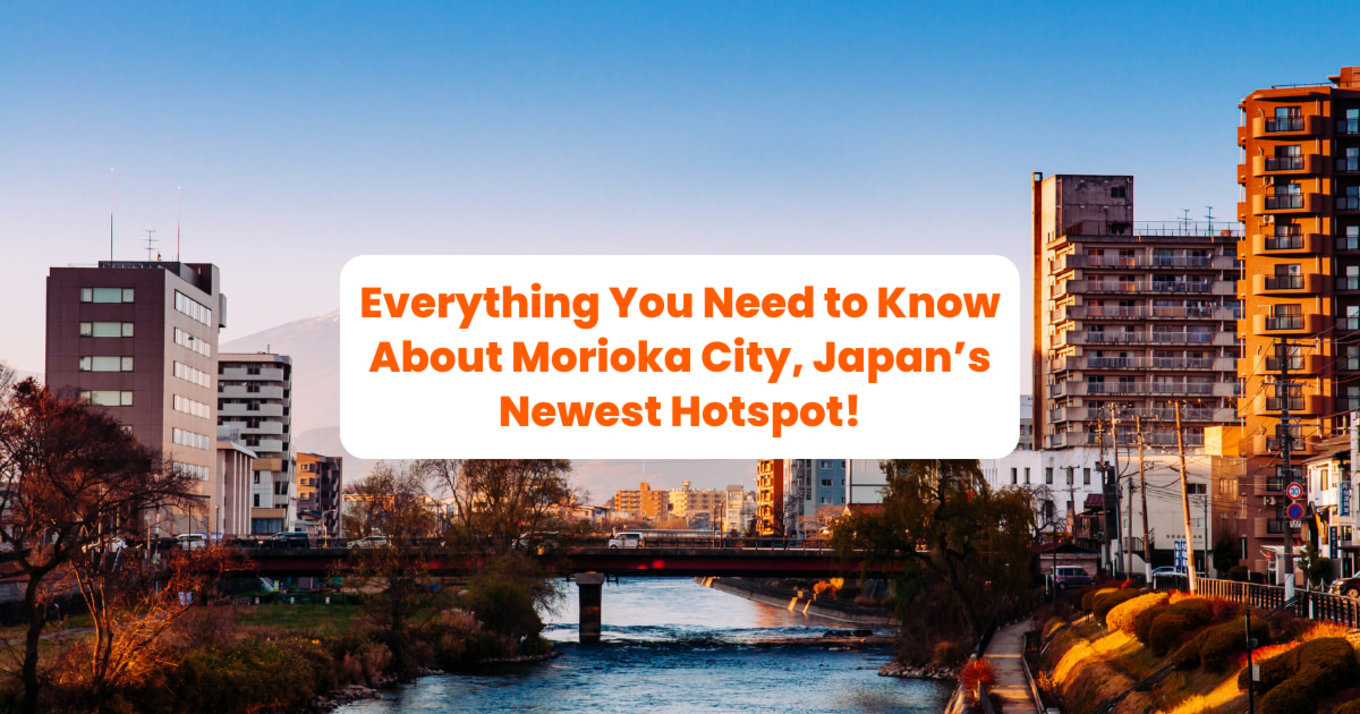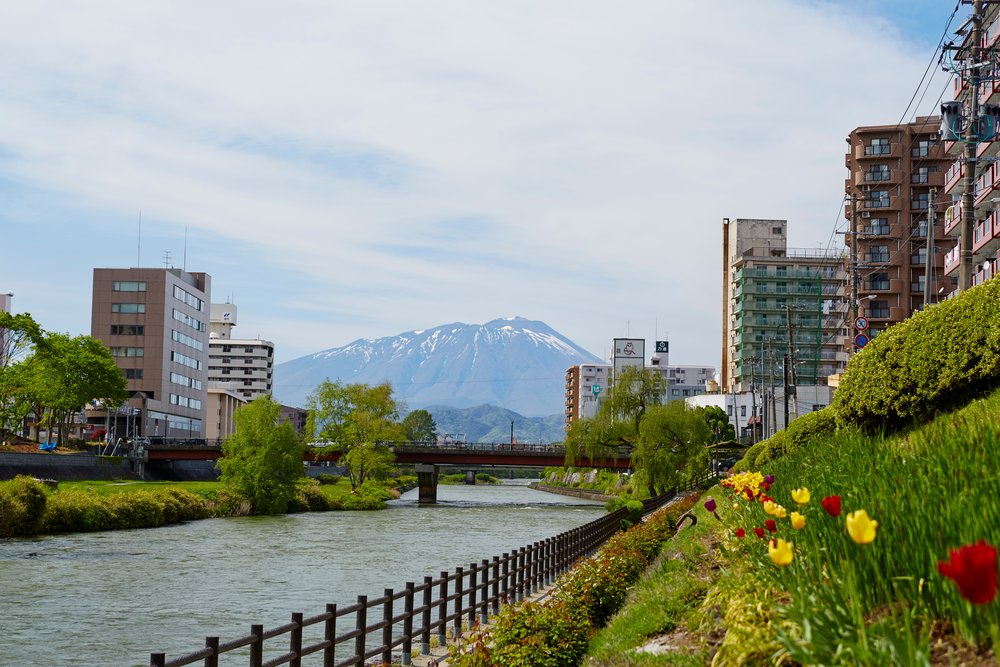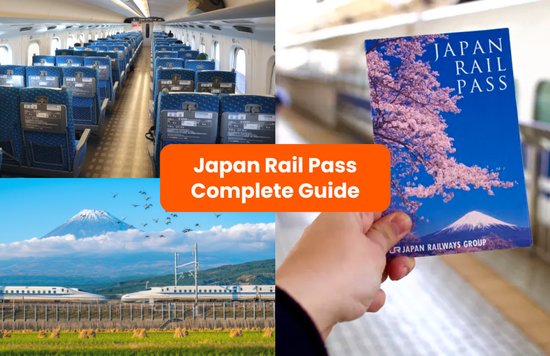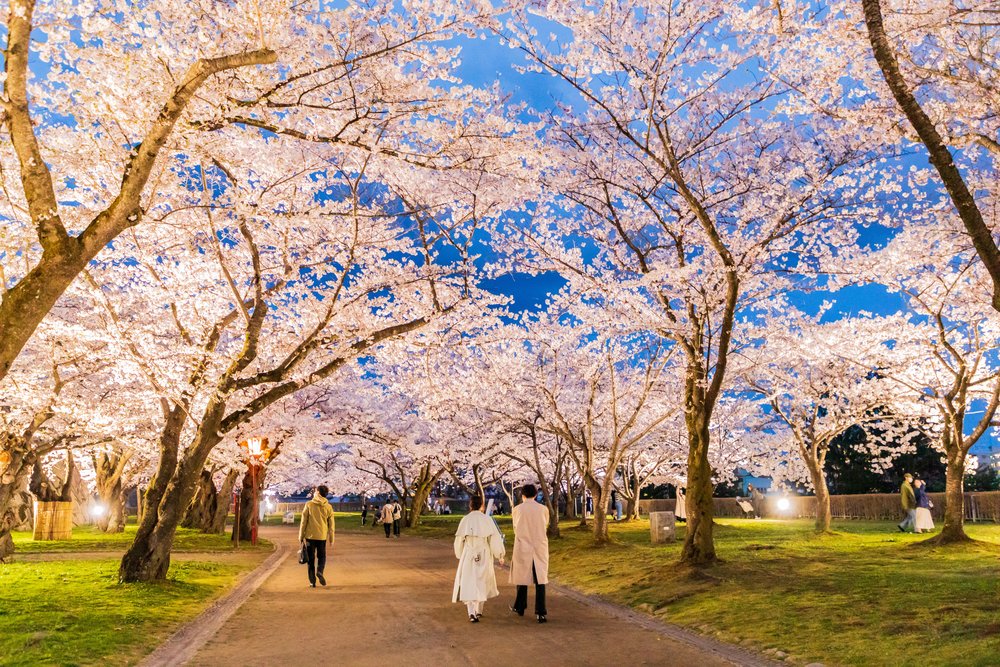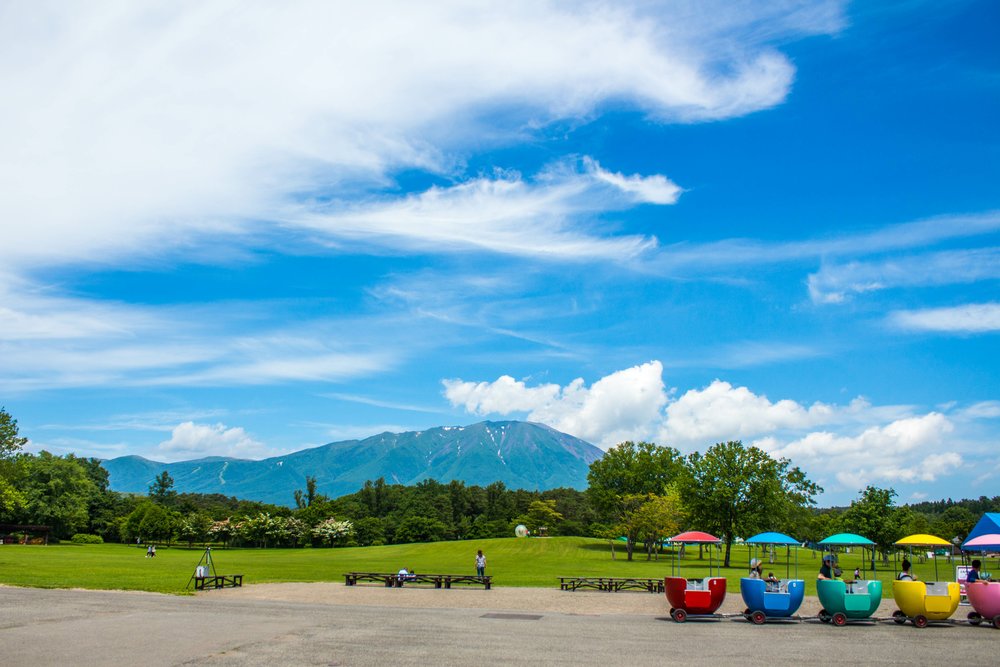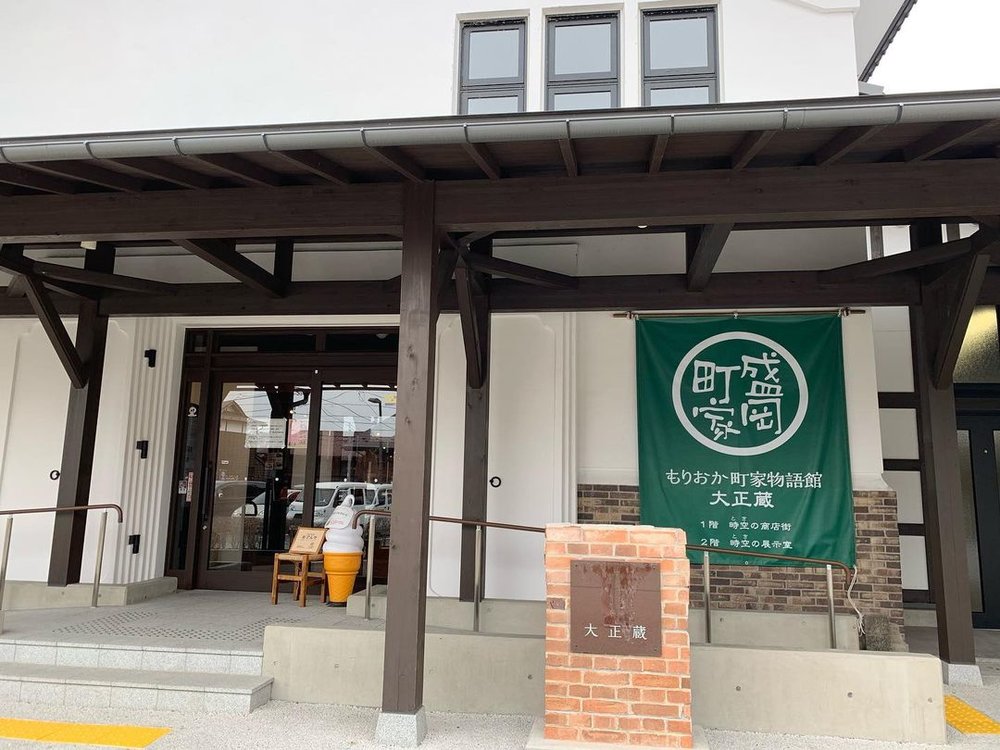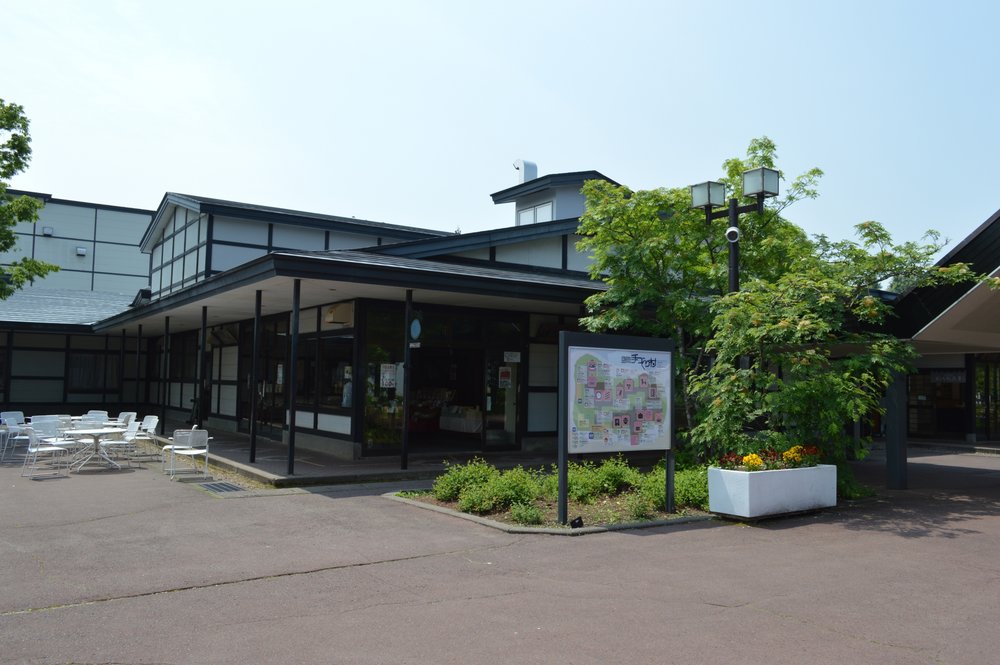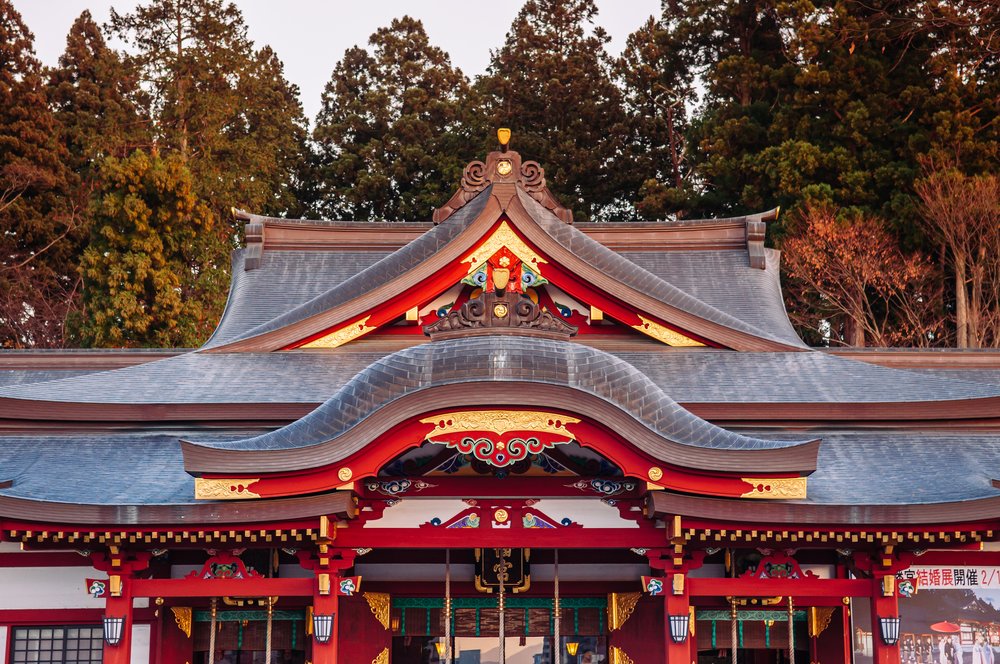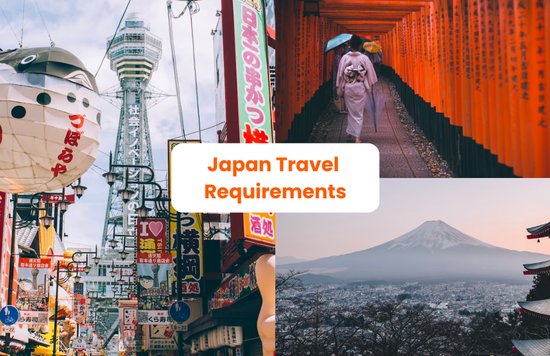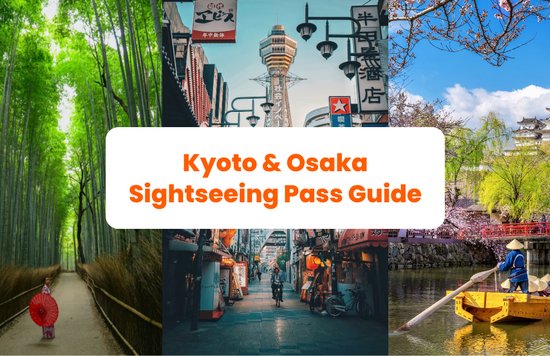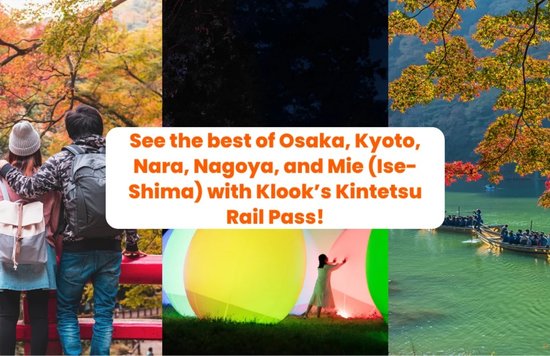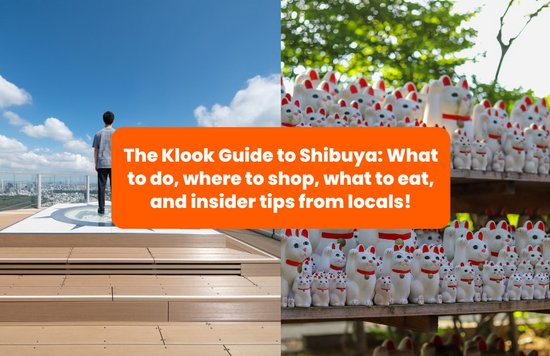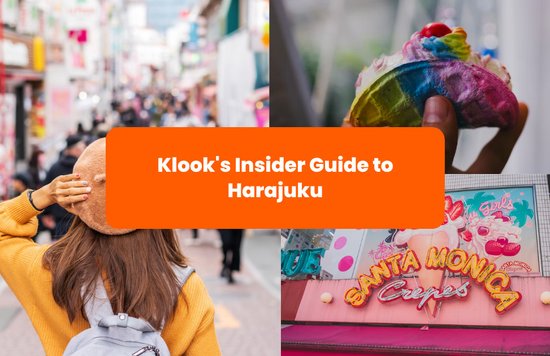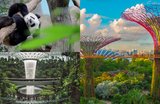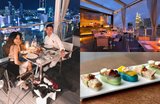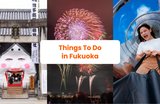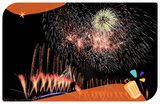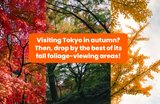Get ready to explore your new favorite Japanese city: Morioka!
It’s no secret that Japan is high on many travelers’ lists of places to visit this 2023 — after all, we’ve had to wait more than two years just to visit! While you’re probably already planning to try out popular things to do in Tokyo, Osaka, and Kyoto, it’s also worth exploring its hidden gems if you can squeeze it into your Japan itinerary.
One of these hidden gems is Morioka City in Iwate Prefecture, located just 2.5 hours from Tokyo, which was recently featured in the New York Times as the #2 must-visit city this 2023. You likely haven’t heard of Morioka City before, let alone have information about how to get there and things to do in the area, so it might be a bit tricky to plan a visit. Luckily for you, we’ve come up with this handy guide that has everything you need to know about Morioka City! Read on below to find out more:
Where is Morioka?
Located north of Tokyo at the base of Mount Iwate, Morioka is an often-overlooked destination for visitors who only spend a few days in Japan. But if you can spare a day or two to explore everything it has to offer, you’ll be rewarded with experiences you’ll never forget: from feasting on delicious local cuisine to its awesome local festivals, there’s a surprising amount of things to do in this unassuming city.
Due to its close proximity, Morioka is a popular day trip destination for Tokyo residents and visitors. And because public transportation in Japan is so good, getting from Tokyo to Morioka won’t pose any problems whatsoever!
Getting from Tokyo to Morioka
Traveling from Tokyo to Morioka is easy — just hop on the JR Tohoku Shinkansen line and you’ll be there in 2.5 hours if you take the Hayabusa train. Round trip tickets between Tokyo and Morioka City will cost you around JPY 17,000, but it’s way better value to buy a JR Pass instead, especially if you plan to travel to other cities in Japan! You can either go for the Whole Japan Rail Pass if you’re traveling outside the area or opt for either the JR East Tohoku Area Pass or the JR East South Hokkaido Pass if you’re just traveling in the Eastern area of Japan.
Klook Tip: Seat reservations are required for the Hayabusa trains — make sure you reserve seats for your group in advance by going to a JR ticket office or visiting the JR East Seat Reservation website.
If you want to make a road trip out of it, you can also take rent a car and drive to Morioka City yourself! Getting from Tokyo to Morioka city by car will take you around 6.5 hours one way if you’re taking the Tohoku Expressway, so we recommend staying overnight so you can freely explore Morioka City at a leisurely pace.
Where to stay in Morioka
Things to do in Morioka
Klook Tip: Blessed with rugged mountains and multiple rivers, we recommend exploring Morioka City on foot or on a bike to better appreciate its natural scenery. And since the walking surface is relatively flat throughout the city, walking from one end to another won’t pose any issues at all, so there’s no reason not to give it a try!
1. See the ruins of a three-story castle at Morioka Castle Site Park
Though the three-story Morioka Castle no longer stands today, visitors still flock to Morioka Castle Site Park to learn more about its history, observe the stone walls of the former castle, and admire the scenery. Morioka Castle Site Park is especially popular during late April to early May when the cherry blossom trees are in full bloom and the park is covered by a sea of pink flowers. During the cherry blossom season, visit the park at night if you can when the paper lanterns are lit, producing a very enchanting scene (especially for couples!)
But cherry blossoms aren’t the only attraction in the park — in summer you’ll find gorgeous blooms of wisteria and hydrangeas by Tsurugaike Pond and, in autumn, you’ll get to see the spectacular contrast of red maple leaves against that of the yellow ginkgo. Morioka Castle Site Park is also the host of the Morioka Yukiakari Festival in winter, where people make miniature huts made of snow and place lit candles inside.
Make sure to check out the Ishiwarizakura (Rock-breaking Cherry Tree) while you’re there — this 400-year-old cherry blossom tree growing out of a granite boulder by the Morioka Courthouse is definitely a sight to behold!
2. Feast on the “Three Great Noodles of Morioka”
No visit to Morioka would be complete without trying the famed "Three Great Noodles of Morioka”:
- Wanko soba: a unique all-you-can-eat noodle experience wherein you’re served bowl after bowl of soba noodles, typically served plain but with the option of adding flavor through various condiments such as sashimi, ground chicken, seaweed, and more. Though each bowl only contains a mouthful of noodles, the restaurant staff will be watching you like a hawk and refill your bowl as soon as they can!
- Morioka reimen: cold, chewy noodles served with chilled beef broth and kimchi on top for a hint of spice. Best enjoyed in summer or on warmer days, but delicious all throughout the year regardless.
- Morioka jajamen: thick noodles (similar to udon) served with a unique miso paste, but you’ll also be able to season it yourself with vinegar, chili oil, or garlic, depending on what suits your taste. Make sure to mix the noodles and the miso paste well before adding your seasonings! Once you’re done with your noodles, we recommend ordering chi tan tan (egg soup,) which will be served in your current bowl — this way, you can mix the soup with the remaining miso paste in the bowl and savor it further.
You can try the Three Great Noodles of Morioka at various local restaurants in Morioka, but you might have to visit more than one restaurant to try them all.
Klook Tip: Save the Wanko soba for last — otherwise you’ll be too full to enjoy your Morioka reimen and your Morioka jajamen.
3. Indulge in a cup (or two) of creamy ice cream at Koiwai Farm
A private farm near Mount Iwate, Koiwai Farm is an ideal destination for experiencing nature. Here you can spend the day milking cows, riding horses, watching the stars at night, and more! Koiwai Farm also sells various dishes using farm-fresh products, which include a creamy soft-serve ice cream and even a very fluffy omurice (omelet stuffed with rice)!
Koiwai Farm is especially popular in the winter during the Iwate Snow Festival, where visitors admire snow carvings, play in the snow, and watch the fireworks. If you’re visiting in late winter or early spring, you might be able to see a solitary cherry tree blossoming against the snow-covered Mount Iwate if you’re lucky, which makes for a pretty amazing sight! This tree was said to have been planted over 100 years ago to provide shade for the cows on the farm.
4. Learn about Morioka’s history at the Morioka Machiya Monogatari Museum
A former sake brewery from the Edo period that was recently repurposed into a museum, Morioka Machiya Monogatari Museum showcases the city’s rich history. As you explore the museum’s six different areas, you’ll learn more about the famous people in Morioka’s history and even get to see a great collection of vintage toys! There’s also a quiet reading corner here, should you wish to spend the day perusing a book while enjoying the museum’s relaxing ambiance.
If you need travel inspiration, feel free to stop by the reception area, which offers travel and event information for tourists.
5. Admire modern art at the Iwate Museum of Art
Located in the heart of Morioka, the brutalist architecture of the Iwate Museum of Art starkly contrasts its surroundings — set against the city’s stunning natural scenery and collection of buildings that date back to the Taisho era, the museum’s minimalist design definitely stands out! And while the architecture is a sight to see in itself, there’s even more to discover inside the actual museum: home to pieces created by some of Iwate’s most famous artists (including Tetsugoro Yorozu, Shunsuke Matsumoto, and Yasutake Funakoshi,) you’re sure to get your fill of art here! The Iwate Museum of Art also hosts some pretty cool limited-time exhibitions and events, so make sure to check ‘em out while you’re there.
Stop by the museum shop for original products connected to the exhibits, which make for cool souvenirs. The in-house restaurant is also worth a visit for its delicious Western dishes made using fresh and local ingredients.
6. Witness the skills of local artisans at Morioka Handi-Works Square
Watch artisans at work here at Morioka Handi-Works Square, where you can see various local specialties such as Chagu Chagu horse dolls, Morioka reimen, and more, being made on the spot! At the workshop area, you’ll be able to choose from a variety of seminars where skilled artisans demonstrate how various products are made. Some of them even let you try making the products yourselves, which makes for a pretty cool experience! Once you’re done with your chosen workshops, wander over to the exhibition area to peruse more than 4,000 local specialties.
Klook Tip: You’ll need to pay to participate in workshops here at Morioka Handi-Works Square, and prices, times, and difficulty of each workshop vary depending on the product being made. If you’re looking for a beginner-friendly experience, we recommend making Nambu senbei rice crackers, where you cook rice crackers over hot coals. You can even add various toppings such as peanuts!
7. Relax and unwind in the waters of the Tsunagi Onsen
Located on the outskirts of Morioka, the alkaline hot springs at Tsunagi Onsen are said to moisturize the skin and make it smooth, perfect for a pampering session after exploring Morioka. Enjoy a relaxing soak in the hot springs as you take in views of Lake Gosho and Mount Iwaki, which makes for a pretty serene experience. If you’re visiting during the summer festival, you’ll also be treated to a spectacular fireworks show over the lake — don’t miss out when you visit!
Fun Fact: Legend says that the famous samurai warrior Minamoto no Yoshiie was actually the one who discovered these hot springs and that he tied his horse to a stone (tsunagi) in the area while he bathed. Tsunagi Onsen was named after this event, and you can see this very same stone in the Tsunagi Onsen Shrine.
8. Experience Morioka’s local festivals
A city brimming with history and culture, Morioka invites all visitors to partake in their various festivals throughout the year. Some of their most popular festivals include the following:
- Chagu Chagu Festival (June): see horses dressed up in elaborate costumes during the parade from Takizawa to Morioka. The sound of the ringing bells that are attached to the horses’ costumes will alert you of the ongoing parade, so you won’t have to worry about missing it!
- Morioka Sansa Festival (August): the largest taiko drum festival in the world, you can observe dancers performing along to the sound of the drums. You can even join in at the end of the night if you want to show off your dancing skills!
Aki Matsuri Festival (Autumn): watch as ornate floats are paraded through the city, carrying taiko drummers and dancers on top. On the last day of the festival, mounted archers show off their archery skills at the Morioka Hachimangu Shrine — locals believe that their accuracy ensures a good autumn harvest.
- Morioka Yukiakari Festival (Winter): locals build small igloos and light candles inside to convey warmth. Since Morioka typically has harsh winters, this is one of the very few outdoor activities they have during the wintertime.
9. Visit the largest shrine in Iwata Prefecture, Morioka Hachimangu Shrine
Built in 1680 by Shigenobu Nanbu, Morioka Hachimangu Shrine enshrines the god Hachiman, the god of war, who has been revered by locals since ancient times. After you walk through the bright torii gate at the front entrance, walk around the courtyard to admire the lush foliage and serene ambiance before you make your way to the main hall, where you can buy an ema (wooden wishing plaque.)
Klook Tip: To avoid crowds, try to visit in the early morning or on non-festival days. The shrine is especially busy around New Year’s as people visit for hatsumode (the first temple visit of the year.)
🍣 Japan Essentials🍣
🚅Trains & Airport Transfers
📌Mobile Data & Metro Passes

